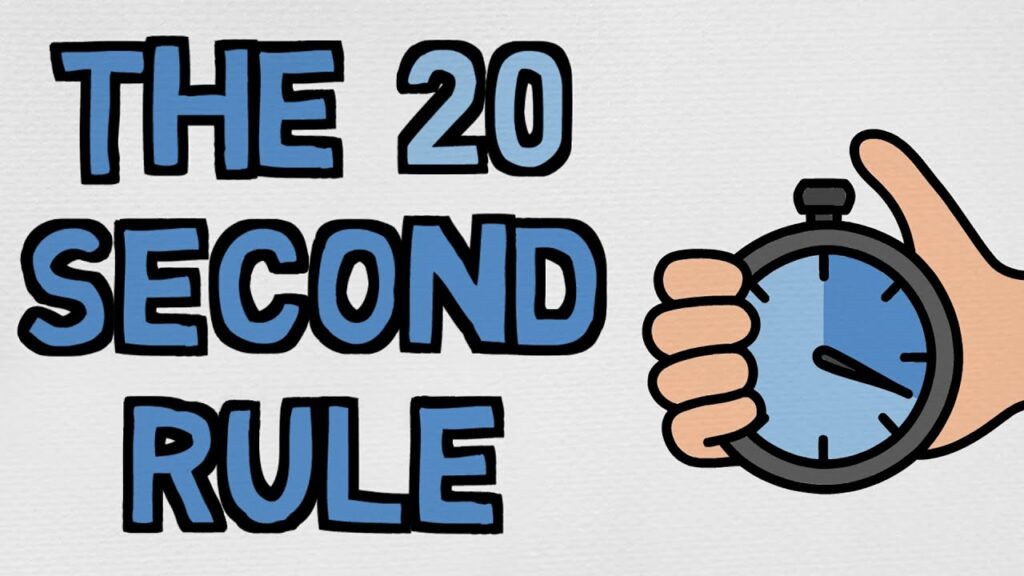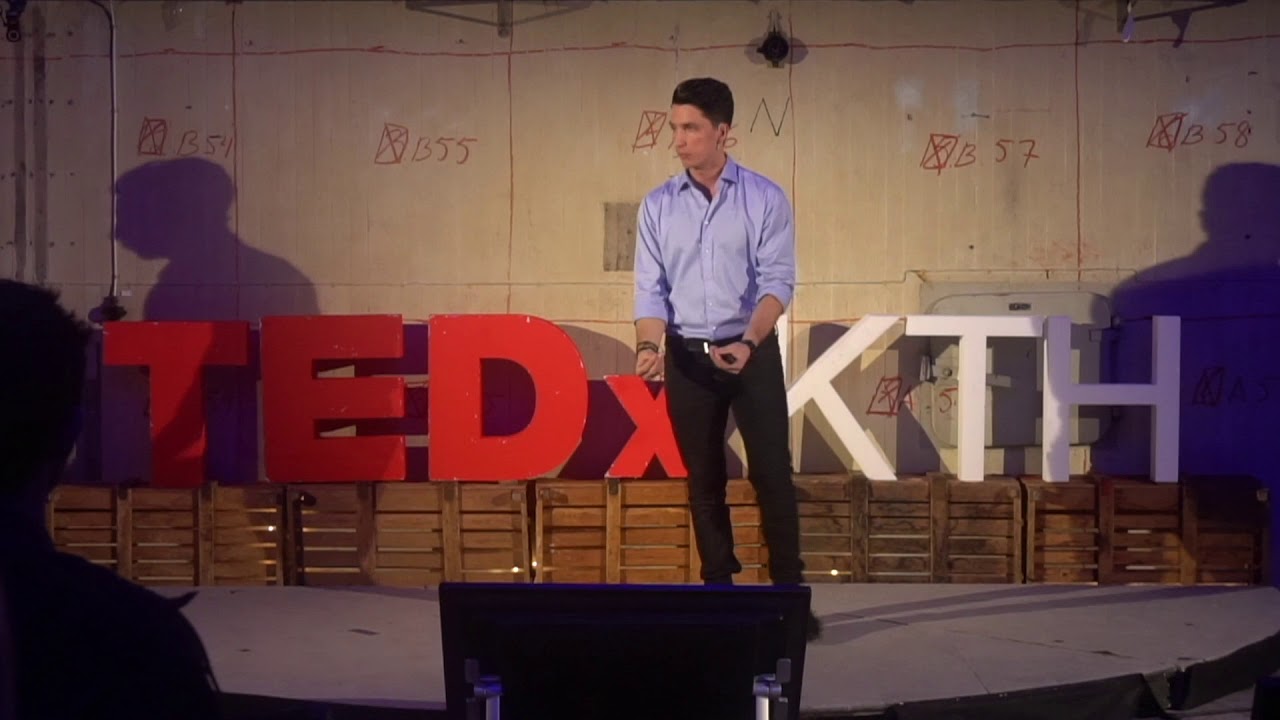What if you could break bad habits and build good ones with just 20 seconds? The 20-second rule, popularized by Harvard psychologist Shawn Achor, is a simple yet powerful strategy to master your behavior and create lasting change. In this article, we’ll explore how the 20-second rule works, why it’s so effective, and how you can use it to transform your habits and achieve your goals.
What is the 20-Second Rule?
The 20-second rule is based on the idea that small changes in your environment can make it easier or harder to start a habit. By reducing the activation energy required to begin a positive behavior (or increasing it for a negative one), you can make it 20 seconds easier to do the right thing—or 20 seconds harder to do the wrong thing.
For example:
- Building a Good Habit: If you want to read more, place a book on your nightstand instead of in a drawer. This reduces the effort needed to start reading.
- Breaking a Bad Habit: If you want to watch less TV, take the batteries out of the remote. This adds a small barrier that makes it harder to turn on the TV.
Why the 20-Second Rule Works
The 20-second rule is rooted in behavioral psychology and the concept of activation energy—the effort required to start a task. Here’s why it’s so effective:
- Reduces Friction: By making good habits easier to start, you’re more likely to follow through.
- Increases Barriers: By adding small obstacles to bad habits, you’re less likely to engage in them.
- Leverages Momentum: Once you start a positive behavior, it’s easier to keep going.
- Builds Consistency: Small, manageable changes are more sustainable over time.
How to Apply the 20-Second Rule in Your Life
Ready to master your behavior? Here are 5 practical ways to apply the 20-second rule to transform your habits:
1. Start Your Day Right
- Place your workout clothes next to your bed the night before. This reduces the effort needed to exercise in the morning.
- Keep a glass of water on your nightstand to hydrate as soon as you wake up.
2. Boost Productivity
- Open your work documents or tools before taking a break. This makes it easier to jump back into work.
- Turn off notifications on your phone to reduce distractions.
3. Improve Your Health
- Pre-cut fruits and vegetables for easy snacking.
- Move unhealthy snacks to a high shelf or a hard-to-reach cabinet.
4. Build Better Relationships
- Keep a gratitude journal on your desk to remind yourself to write down one thing you’re thankful for each day.
- Set a daily reminder to send a quick text or call to a loved one.
5. Break Bad Habits
- Unplug your TV or gaming console when not in use.
- Delete social media apps from your phone to reduce mindless scrolling.

Real-Life Examples of the 20-Second Rule in Action
- Fitness: A study found that people who laid out their workout clothes the night before were 40% more likely to exercise the next day.
- Productivity: Employees who organized their workspace at the end of the day were more focused and productive the next morning.
- Health: Individuals who kept a water bottle on their desk drank significantly more water throughout the day.
The Science Behind the 20-Second Rule
The 20-second rule is supported by research in behavioral psychology and neuroscience:
- Activation Energy: The brain prefers tasks that require less effort, so reducing friction makes it easier to start positive behaviors.
- Habit Formation: Small, consistent actions are more likely to become automatic over time.
- Dopamine Release: Achieving small wins releases dopamine, reinforcing the behavior and motivating you to continue.
Final Thoughts: Start Small, Achieve Big
The 20-second rule is a simple yet powerful tool to master your behavior and transform your habits. By making small changes to your environment, you can reduce friction for good habits and increase barriers for bad ones. Remember, progress is progress, no matter how small.
At Onescholar.org, we provide actionable career growth and skill development tips to help you succeed in today’s competitive world.
VIDEO CREDIT:






